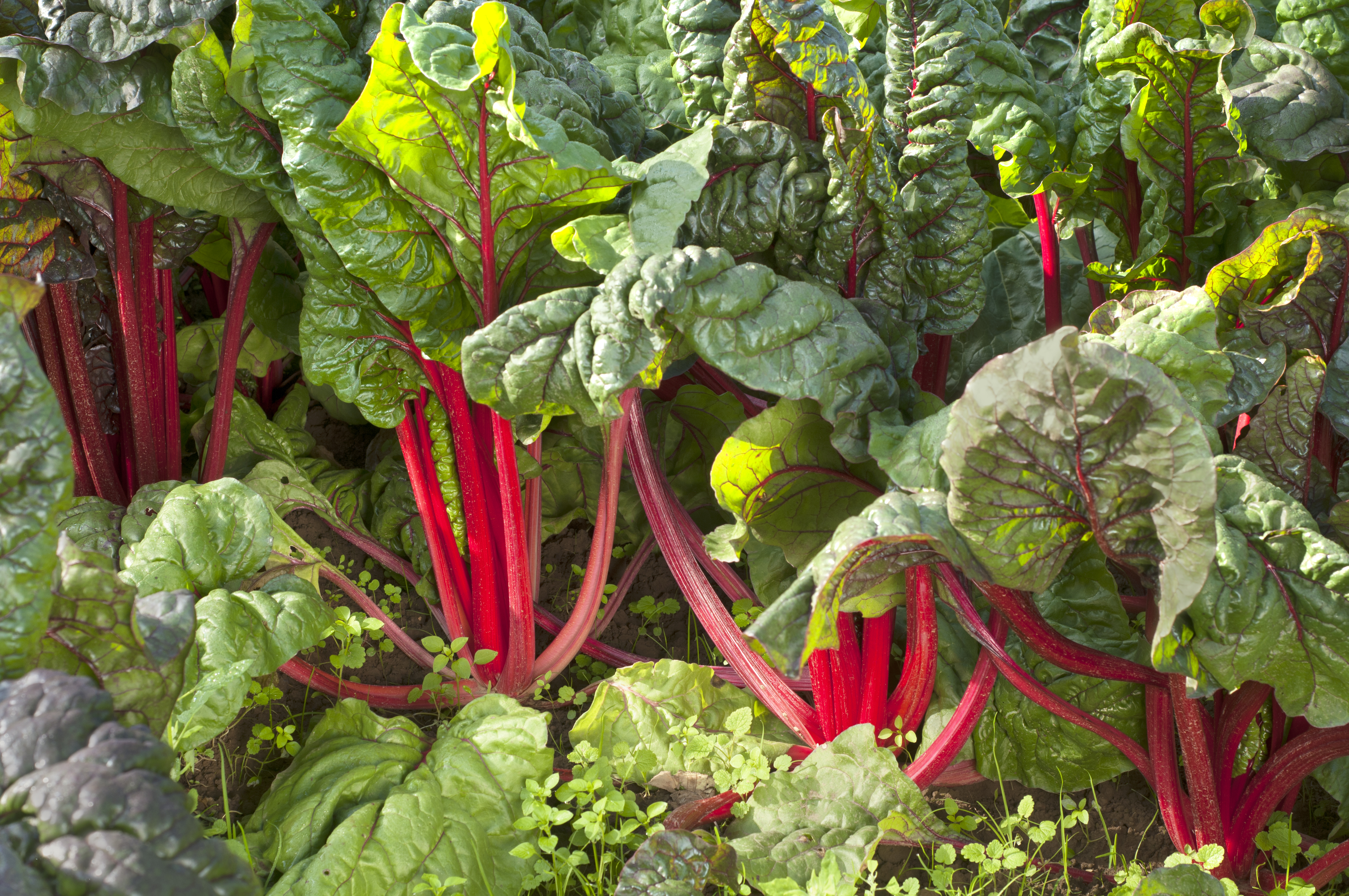Swiss chard is a garden vegetable plant. Its leaves are eaten as greens. Swiss chard is related to the common beet plant. It resembles the beet, except that it does not have a large fleshy root. Swiss chard has a small woody root which cannot be eaten. The vegetable has fleshy leafstems, large leaves, and a dark green color. Some varieties of Swiss chard have pale yellow leaves and others have bright red leaves and leafstems. The plant has attractive, brilliant colors.

Swiss chard is one of the few garden greens that grow constantly throughout the summer. The seeds are sown in the spring. The large outer leaves are harvested as soon as they develop. Later the inner leaves are taken, and the harvest continues until frost kills the plant.
People grew Swiss chard as long ago as 350 B.C. It is a favorite crop in Switzerland and was introduced in the United States in 1806. Massachusetts is one of the leading states in growing Swiss chard.
Swiss chard is an excellent source of vitamin A and contains a fair amount of vitamins of the B complex and C. Like most leafy vegetables, Swiss chard is also rich in minerals.
